How to Design the Most Eco-Conscious Home Possible
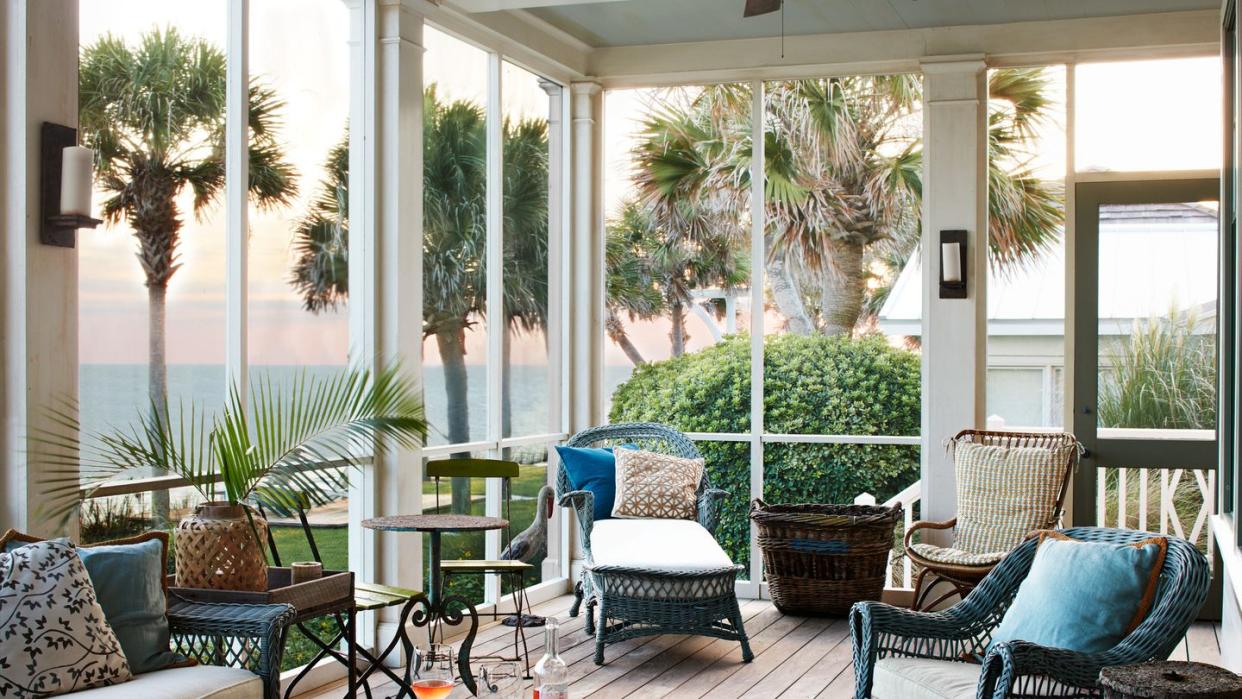
"Hearst Magazines and Yahoo may earn commission or revenue on some items through these links."
[table-of-contents] stripped
We don't think it's wild to say that we all strive to live a greener lifestyle, but it can be difficult to know where to start. You want to shop from sustainable brands, but how do you know they're truly sustainable? You want to use less energy, but then summer comes along and the sweet smell of the air-conditioning system kicking on is too tempting. We've all been there—but what if we told you there's a way to ensure your home, at least, is as eco-friendly as possible? While it's normally used for commercial buildings or multi-family residences, LEED certification is one way to guarantee you're living in a green home.
To learn about what LEED certification for homes entails, we spoke to three designers who have a range of experiences working on LEED-certified residential projects to give you all the details you need to turn your single-family home into an eco-friendly retreat. Juliana Sorzano, an associate at PJCArchitecture, became LEED certified in 2015 after graduating with a master's in sustainable interior environments from the New York School of Interior Design. Prosha Korangy, founder of Prosha Interiors + Design Studio in New York, became a LEED-certified interior designer just over six years ago, "but the general interest and research has been a lot longer," she says. Both Korangy and Sorzano are LEED Green Associates, the first level of certification one can acquire, though neither have yet had the chance to work on a LEED-certified single-family home. We also reached out to Louis Duncan-He, who isn't a LEED-certified designer but did recently complete a single-family home project with Maillot Homes that gained LEED Platinum certification, the highest level of certification in the LEED program.
With their expert guidance, we're breaking down exactly what is LEED certification, the process of building a home according to its guidelines, how to acquire it as a designer, and why the process should be more mainstream for new builds. Read on to learn everything you need to know.
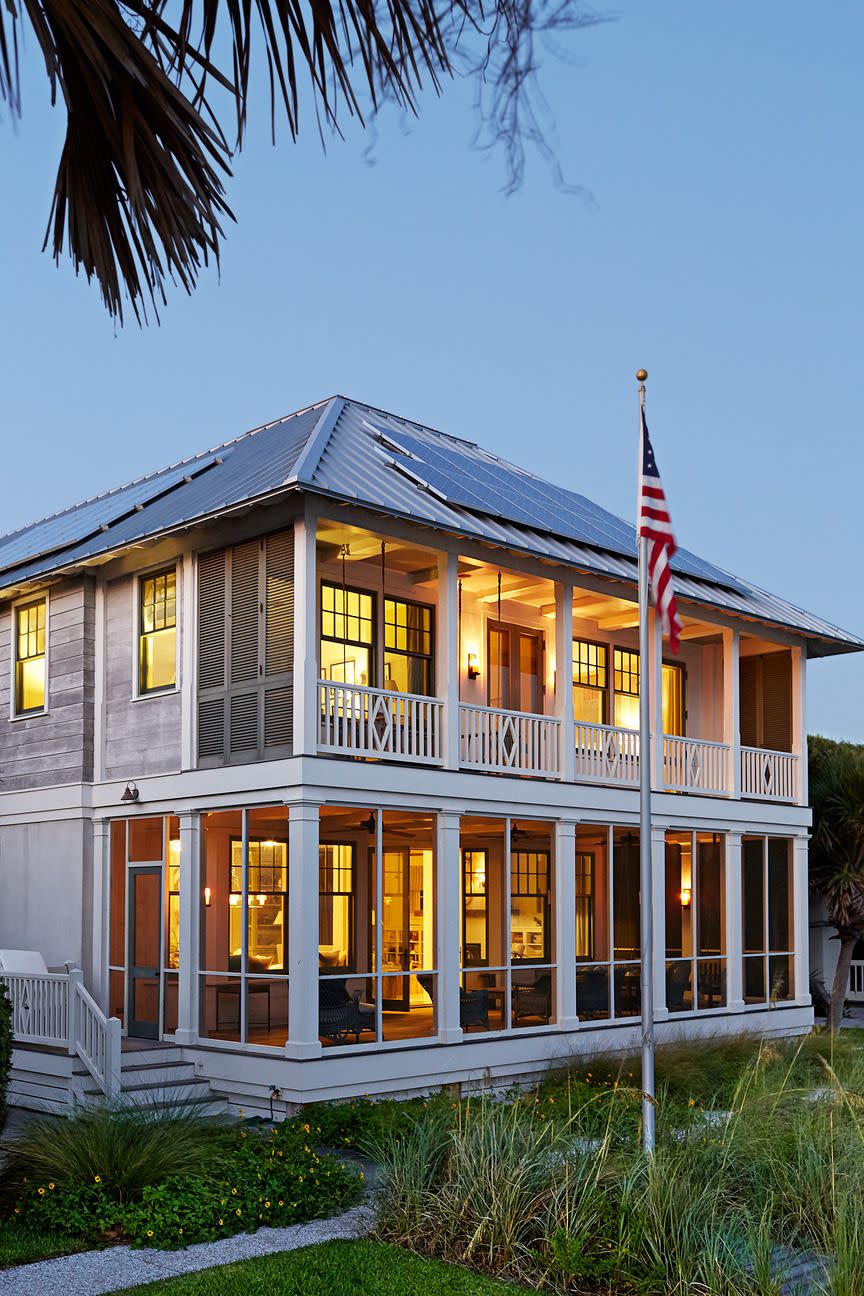
What Is LEED Certification?
First things first: LEED stands for Leadership in Energy and Environmental Design. Developed by the U.S. Green Building Council (USGBC), it's the most widely used rating system in the world that recognizes buildings—residential and commercial—that are designed in a sustainable way. Essentially, the certification system follows an evolving set of guidelines that interior designers, architects, contractors, and other home professionals follow to build eco-friendly structures that also value human comfort.
Though LEED-certified buildings are, generally speaking, all energy efficient, the guidelines that this rating system follows basically earn a building "points" for certain sustainability objectives it meets to determine how green the structure is. For single-family homes, this rating system revolves around integrative process, energy usage, water usage, location and transportation, sustainable sites, materials and resources used, indoor environmental quality (such as ventilation), innovation, and regional priority.
Each objective met under these categories gives the building a certain number of credits, or points. Basically, an architect or designer can pick and choose which sustainability efforts they want to meet in order for their project to reach LEED certification at different levels.
What Are the LEED Certification Levels?
Once a building project is complete, the Green Business Certification Inc. (GBCI) verifies and reviews it, awarding the building points for each sustainability objective met. The LEED certification point system has four levels:
Certified (40–49 points)
Silver (50–59 points)
Gold (60–79 points)
Platinum (80+ points)
How to Build a Home With LEED Certification
Whether or not you're a LEED-certified designer, the first step in the process is to hire a LEED Green Rater. All residential projects pursuing LEED certification must include a rater on their team. This person's job is basically to guide you through the steps of the entire process with their LEED expertise, help you determine your sustainable priorities, and provide on-site verification once the project is complete.
If you're not a LEED-certified designer, then having someone on your team who's familiar with the guidelines and process is very important. You can hire a LEED consultant—a role that's different from a rater. This person will be able to provide resources on sustainable practices throughout the project and make it less overwhelming since they already have LEED knowledge. "There are actually groups that work with designers and builders in the LEED submission process," Duncan-He says. "There's a lot of detail involved—it's very, very substantial."
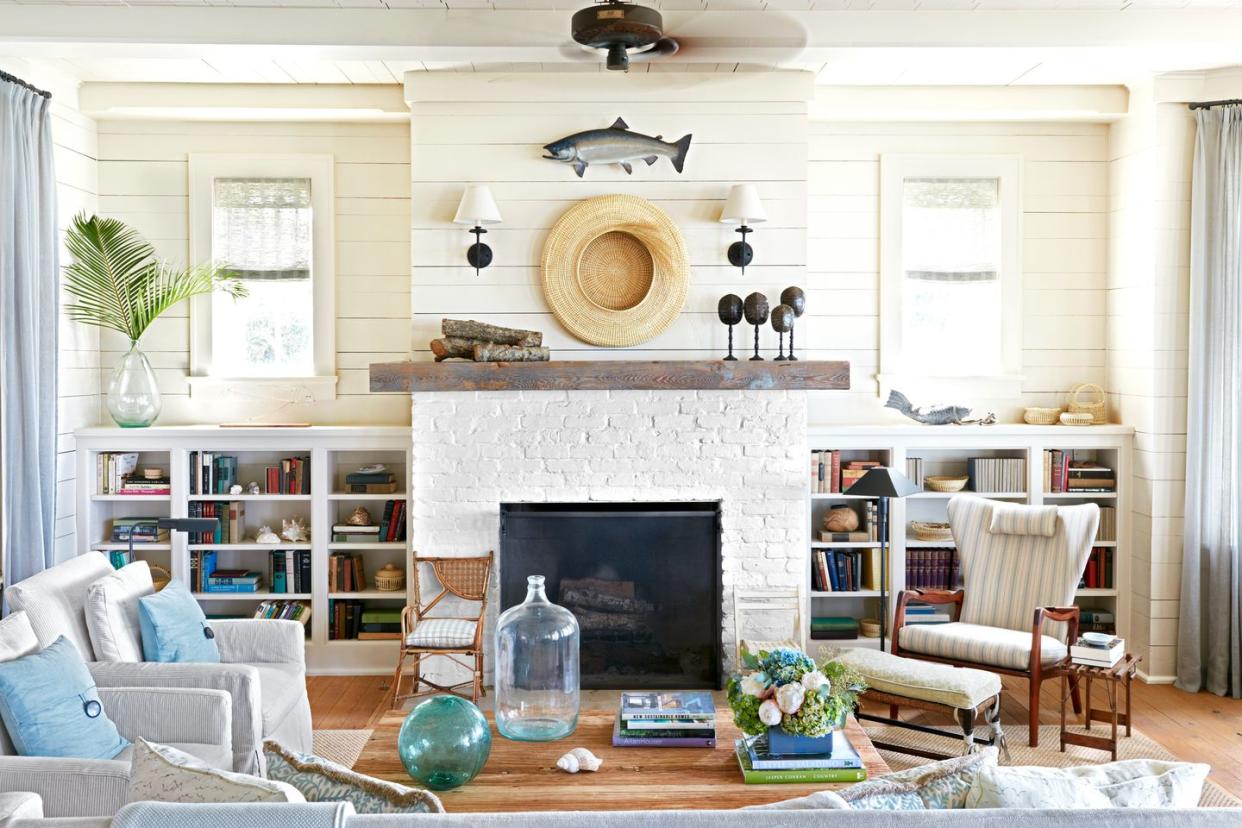
After solidifying a team, you'll work on setting your priorities. If you or your client has a specific passion for reusing recyclable materials in the home, make sure to note that down with your team so you can go into the project with that objective and ensure you get points for it. Once you have a solid plan, it's time for the LEED Green Rater to register your project through LEED Online and for you to pay a registration fee (the exact amount will vary depending on the type of project and your membership level, if applicable).
This is where the process becomes less of a straight line, just like the process for building any new home. "It's never just, 'Okay, boom, this one thing I did, that's done, there.' No, it's never that," Korangy explains. "It's really all the systems within one another coming together and working to fulfill the overall certification needs." Whenever a building or designing aspect is affected by the project's sustainable priorities, you have to make a record of it. "You have to document every material, and you have to prove that the material is sustainable," Sorzano says. "Once the job is completed, you have to take all this documentation to the USGBC for review and submit all of this documentation."
What Are the Perks of LEED Certification?
Besides living in a home that's designed with the health of the earth in mind, a lot of the choices that promote LEED certification actually save you money in the long term. From an investment point of view, the USGBC website says that "LEED buildings have a higher resale value and lower operational costs than non-LEED buildings." However, even from a regular homeowner's perspective, "you will likely see the upfront cost pay off for itself in the long run," Korangy says, even though some of the upfront costs for certain green things may be higher. The way she always puts it to her clients—even the ones who are just open to more sustainable practices, not even those who are seeking LEED certification—is that if they choose the more expensive, energy-efficient system to power their home, their current electric bill could potentially be cut in half. That pays for itself pretty quickly.
Korangy also mentions that depending on your state, you may be eligible for certain tax deductions if you implement certain sustainable practices in your home. Though she says the rules around it always seem to be changing, she encourages her clients to look a bit further into the prospect to see if their taxes would be affected. That's something a LEED consultant likely would be knowledgable about.
While LEED certification focuses on the well-being of the earth, the occupants, and the surrounding community, its existence alone encourages others to be more mindful about their choices. It was Duncan-He's client who was passionate about living in a LEED-certified home, but the designer explains that "it made our ability to facilitate change a little bit more tangible because we could see what the different points were that we needed to address in order to achieve it." He adds that though he's not LEED certified, the project made him more aware of sustainable options for future designs, and, thankfully, new and greener technologies are coming out more frequently.
Designed by Tammy Connor.
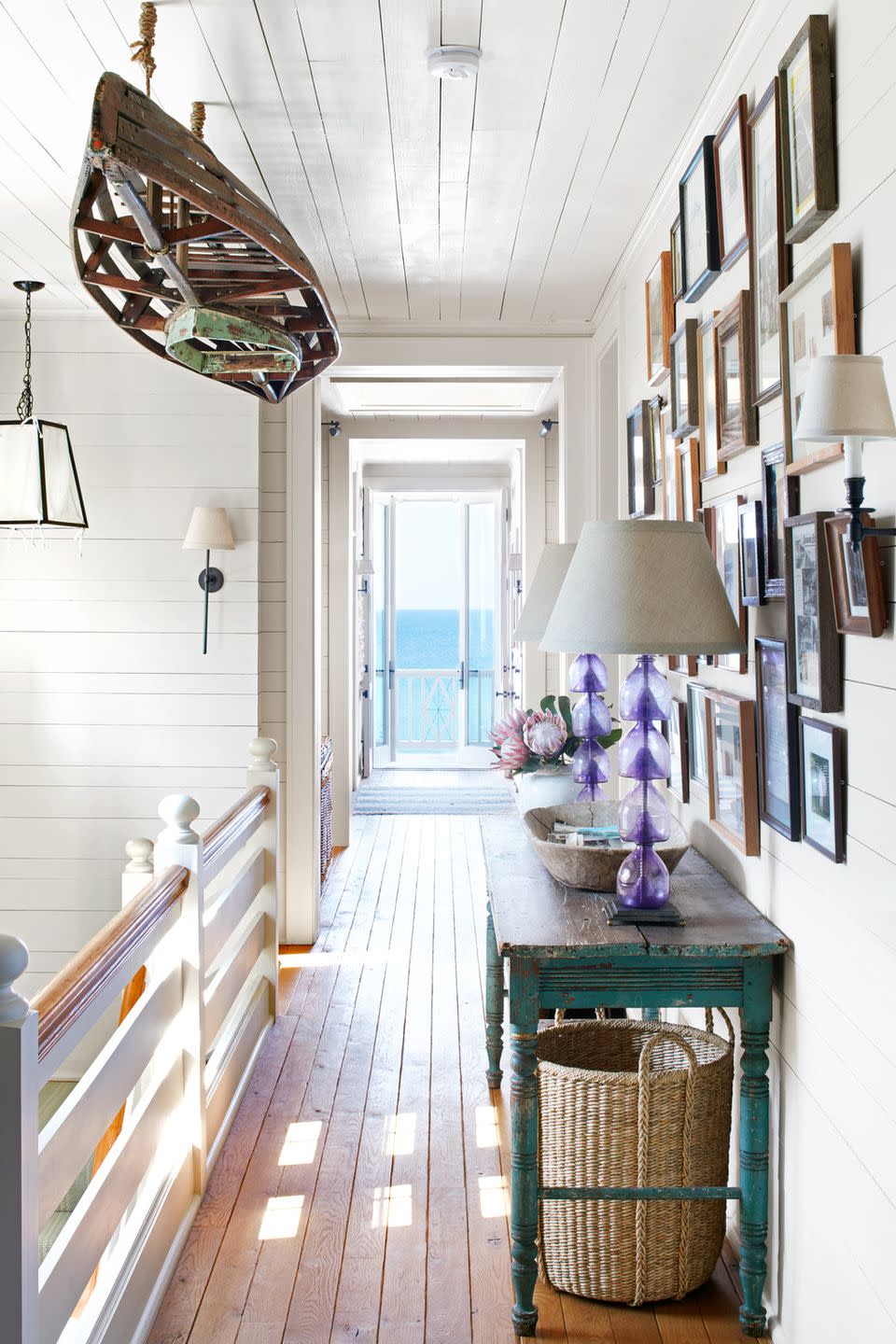
Designed by Tammy Connor.
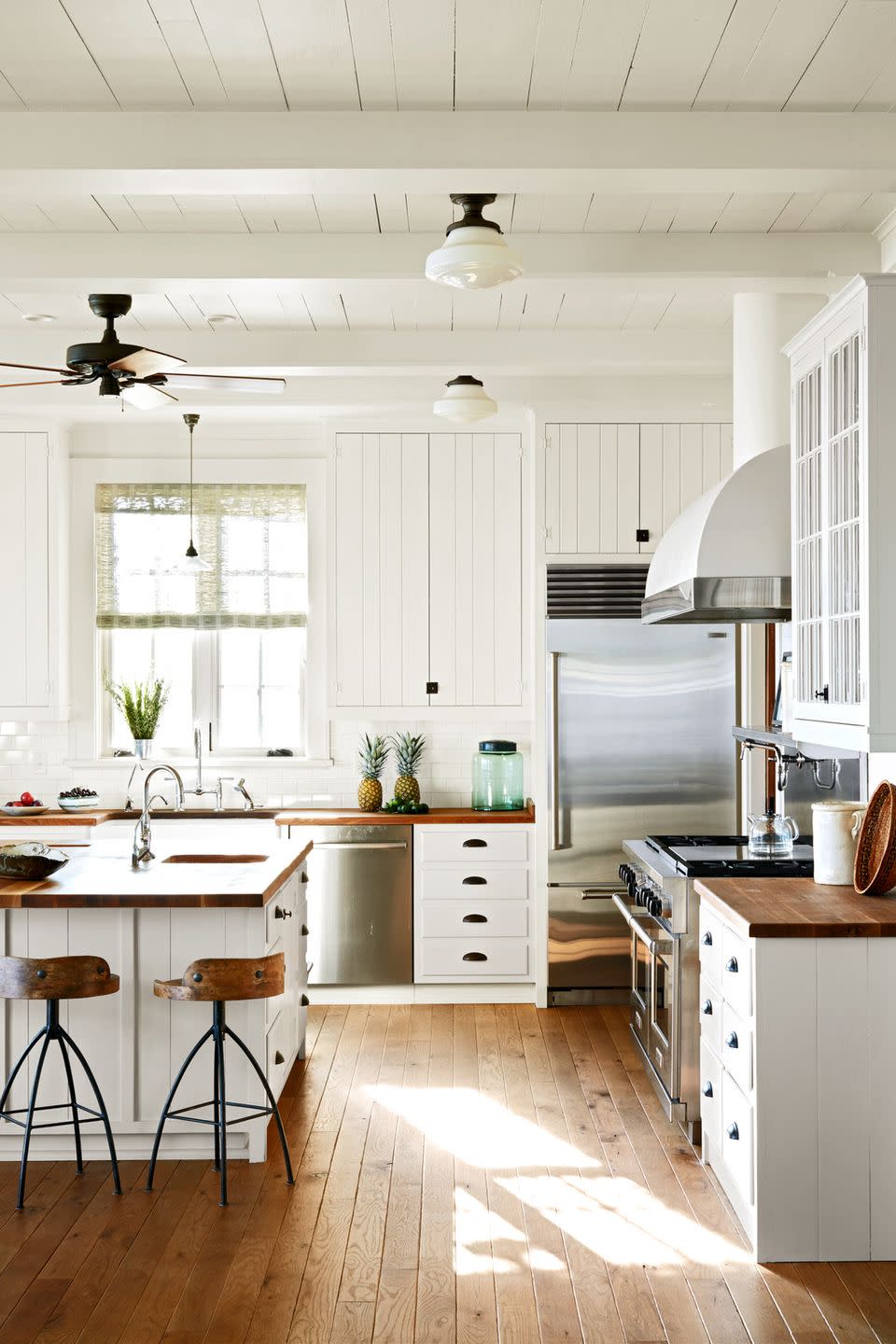
What Are the Challenges?
The upfront costs of LEED certification can be a challenge for homeowners to overcome. Even though a designer or LEED consultant can explain that it'll be worth it to spend a bit more now to save money in the future, long-term thinking can be hard to do when money is involved. However, that's usually just the case for new builds.
If you want to seek out LEED certification for an existing home, the process becomes 10 times harder. For instance, existing systems, like HVAC, would most likely need to be replaced with ones that earn LEED certification points, Korangy explains. Not only is this expensive and invasive, but throwing out perfectly functional equipment and creating unnecessary waste basically defeats the purpose of LEED certification. In these scenarios, Korangy usually tries to implement as many eco-conscious design changes as possible, so even though the home won't be certified, she can still make a dent in its eco-footprint.
How to Become a LEED Certified Designer
While any designer can build a single-family home that achieves LEED certification, as Duncan-He did, some designers, architects, and the like choose to take it a step further and become LEED certified themselves. There are three professional credentials a person can achieve: LEED Green Associate, LEED AP with Specialty, and LEED Fellow. Both Korangy and Sorzano are LEED Green Associates. "You cannot become AP without being Green, and once you're AP, you can become Fellow. So it's kind of a stepping stone," Korangy explains.
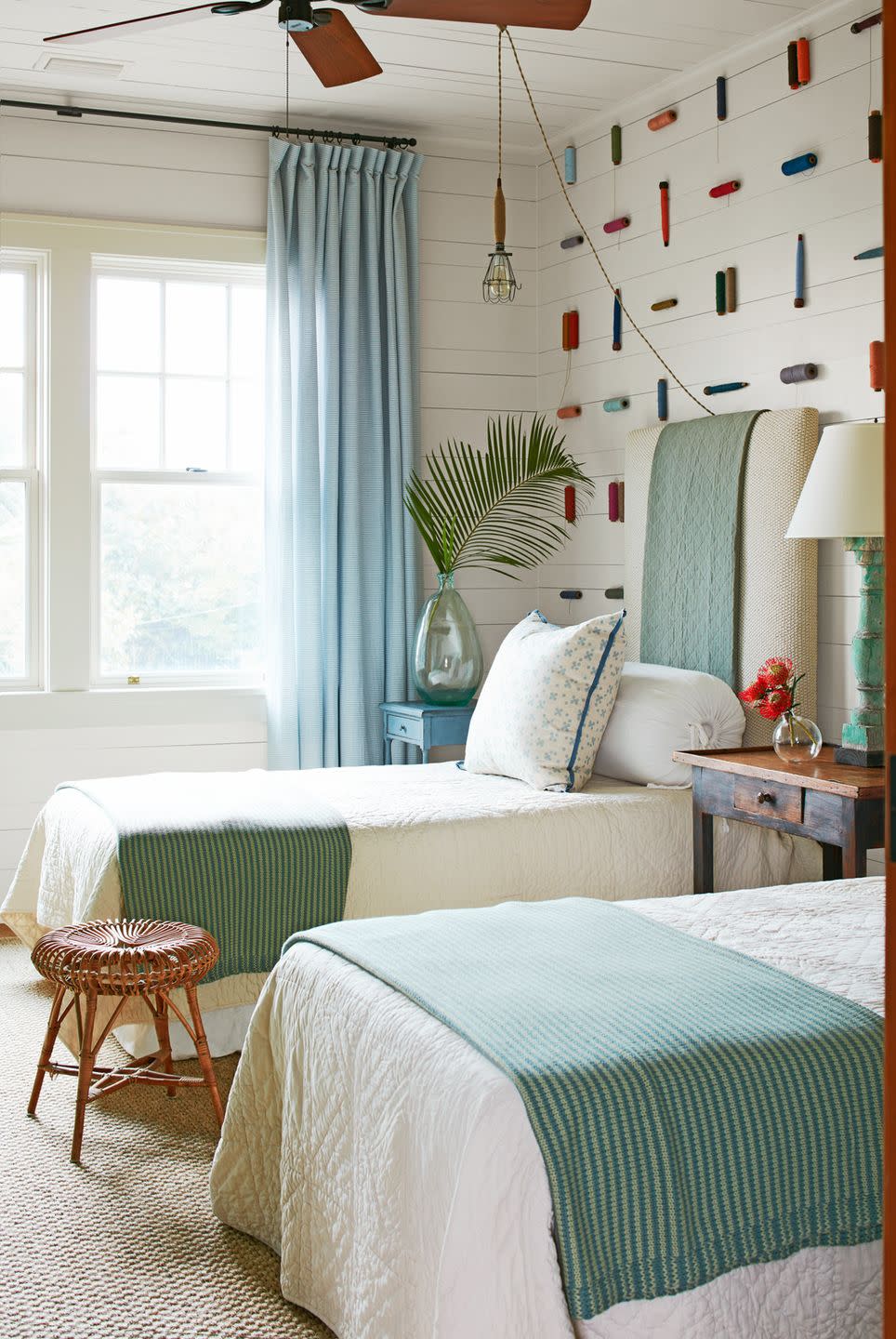
The process to become a Green Associate is fairly straightforward: In short, you simply have to take and pass an exam. There are a lot of study resources available, and you should be prepared to make use of them: Sorzano explains that she studied for months before taking the exam, but she found out right away that she passed. It will cost you a bit to take it—$200 for USGBC members and $250 for non-USGBC members—but it's not uncommon for firms that care deeply about sustainability to cover the cost.
If you decide to go for LEED certification—and there are many perks to doing so, such as easy access to a wealth of sustainable resources and a community of industry professionals who focus on eco-friendly design—then you should know that you can't just rest on your laurels after passing the exam. Every two years, you'll need to do 15 hours of continuous education to stay up to date on the latest developments in sustainability. "Just make sure that it's approved by the USGBC, because if you take a one-hour course on windows, for example, and it's not approved by the USGBC, then you lost that hour," Sorzano says.
And don't worry if you're forgetful: Sorzano explains that the USGBC is very good at sending email reminders when it comes time to learn more. Some of the classes are free, and some you have to pay for, but ongoing training is a necessity if you want to maintain your LEED certification.
Follow House Beautiful on Instagram and TikTok.
You Might Also Like
